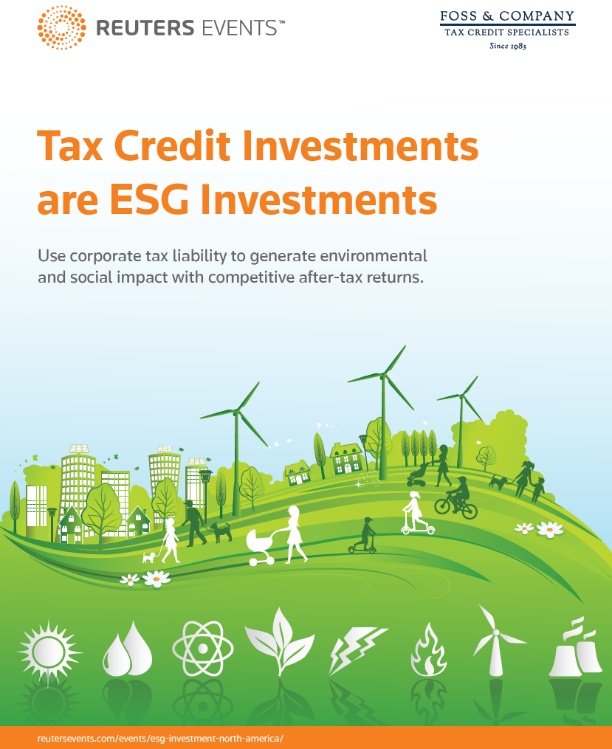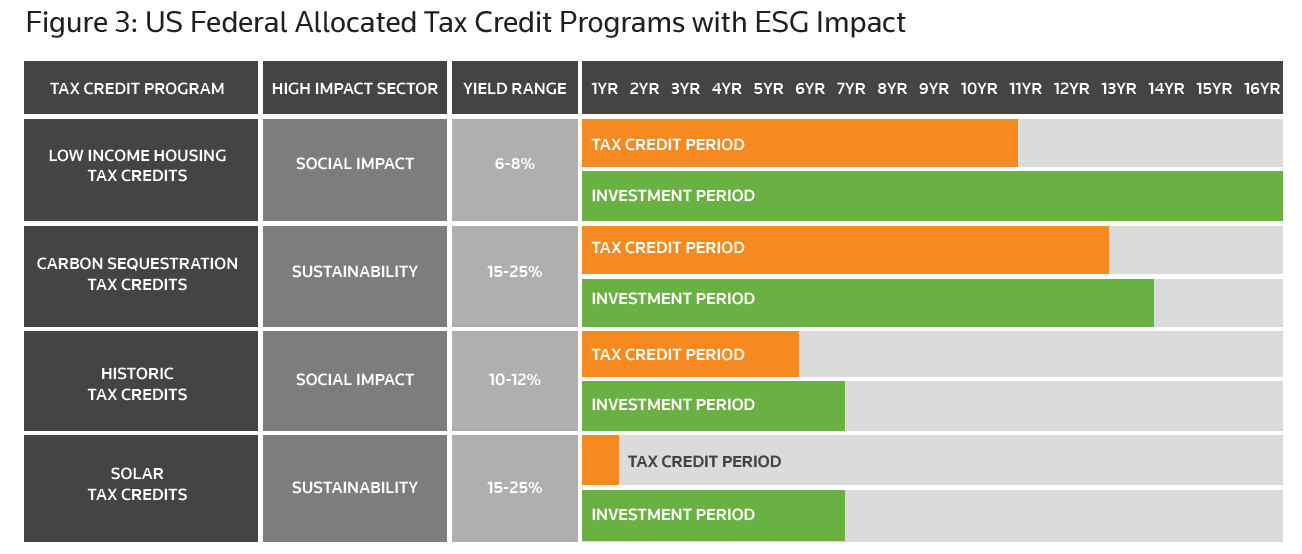Align ESG Policy With Tax Liability to Drive Investment Returns
Federated Hermes, BNP Paribas, Harvard Business School and Hunton Andrews Kurth agree – This Is The Underutilized Strategy for Institutional Investors and Corporates to Accelerate ESG Initiatives and Deliver Financial Returns
Reuters Events and Foss & Company outline how the strategic utilization of tax liabilities could unlock billions in sustainable wealth creation for investors and corporations whilst enabling the fulfilment of social and environmental obligations.
>>> Enter Your Details on The Right To Download The Free Whitepaper Now >>>
Featuring Exclusive Comment and Analysis from:
- Leon Kamhi, Head of Responsibility, International, Federated Hermes
- Steve Norcini, Senior Equity Portfolio Manager, Wilmington Trust
- David Lowman, Partner, Hunton Andrews Kurth
- David Wood, Director of the Initiative for Responsible Investment, Harvard University
- Rommie Johnson, Communications Manager – Strategic Content Production & Marketing, Sustainability Accounting Standards Board
- Mike Minihan, Tax Expert, Managing Partner, BX3
- Phil Graves, Vice President, Corporate Development & Managing Partner, Tin Shed Ventures, Patagonia
- Peter Freed, Energy Strategy Manager, Facebook
ESG Investors and professionals have identified tax credit investments as a key component of strategic ESG integration, yet many underestimate the true extent of the potential financial value, and many more lack the understanding to unlock such value.
“There could be natural synergies between Tax Credits and ESG because there is any number of large institutional investors in the US that have mandates from management to invest heavily in renewable energy and clean energy-related projects,”
David Lowman, Partner, Hunton Andrews Kurth.
Reuters Events and Foss & Company have created the definitive guide to provide you the critical information and guidance that will enable you to seize this opportunity. This is a critical opportunity for ESG and Tax Equity professionals.
“Investment Tax Credits provide companies with an economic incentive to invest.They lower the risk of projects by cutting capital expenditure costs and raising long-term returns,”
Steve Norcini, Senior Equity Portfolio Manager, Wilmington Trust
>>> Enter Your Details on The Right To Download The Free Whitepaper Now >>>

>>> Enter Your Details on The Right to Download The Free Whitepaper Now >>>
Foss & Company provide exclusive access to their leading insights on key opportunities for tax credit investments that will align with your ESG policy.

Tax Credits Briefly Explained:
A tax credit is a type of government sponsored tax incentive that can reduce a company’s tax liability dollar-for-dollar. The U.S. government uses tax credits to incentivize corporate taxpayers to invest in certain types of projects that produce economic, environmental, or social benefits. For these projects, the tax credit is an important source of capital, but many project developers do not have enough taxable income to take advantage of the tax credits themselves. In such cases, the developer may monetize the tax credit by attracting a ‘‘tax equity’’ investor, usually a corporate tax paying investor partner.
Tax equity is a term that is used to describe a passive equity ownership interest in a qualified project, where an investor receives a return, based not only on cash flow from the project, but also on tax benefits. In such a transaction, a partnership is typically formed among the parties to facilitate the investment and the allocation of tax credits, deductions, and distributions. The specifics of each partnership vary by project, tax credit type, and transaction structure. In practice, a tax equity investment uses the same dollars that are earmarked to satisfy a company’s tax liability. The funds are repurposed and then invested into qualified projects that generate tax credits, such as a solar farm or an affordable housing project. The tax benefits generated from the project flow back to the investor, eliminating a corresponding amount of tax liability. Typically, the investor also receives a cash return generated through earnings from the project.
Corporate and institutional investors inject well over $25 billion per year into the allocated tax credit market. While the amount is significant, it also suggests there are billions of dollars of tax capacity available that could be deployed for ESG impact in addition to financial performance.
Comment, feedback and for more information, please contact dominic.grocott@thomsonreuters.com

Exclusive Free Reuters Events & Foss & Company Whitepaper

Don’t miss out on the FREE exclusive industry-leading insights!
“Tax credit investments are really about taking responsibility and being intentional with your tax
dollars. Instead of wiring estimated tax payments into The General Fund, corporate taxpayers can direct their dollars to worthy projects that match their sustainability goals.”
Bryen Alperin, Vice President of Foss & Company’s Sustainability Practice
Reuters Events is part of Reuters News & Media Ltd, 5 Canada Square, Canary Wharf, London, E14 5AQ. Registered in England and Wales: 2505735.
